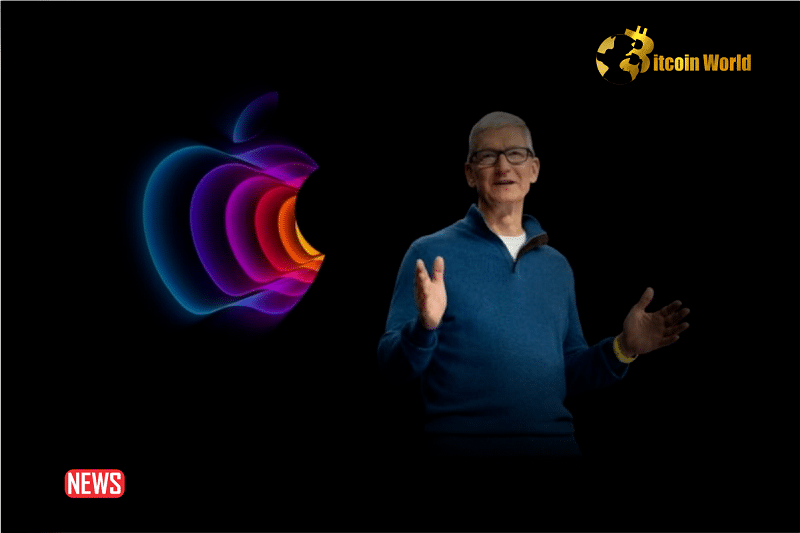OpenAI, the creator of the renowned ChatGPT, has unveiled its latest innovation: Sora, a text-to-video generator that has sparked excitement and concern within the tech community and beyond. Launched on a recent Thursday, Sora represents a significant advancement in generative AI technology, allowing users to create short videos up to 60 seconds long from written prompts. This development showcases OpenAI’s continued leadership in AI and raises critical discussions on the ethical and societal implications of such technology.
Breaking new ground in AI video creation
Sora stands out in the crowded field of AI-driven tools with its ability to generate highly detailed and realistic videos based on textual commands. Unlike its predecessors, Sora’s videos display a remarkable quality and adherence to real-world physics, a testament to OpenAI’s cutting-edge generative AI capabilities. These videos can even be crafted from a single still image, showcasing the tool’s versatility and the depth of its technological underpinnings.
The technology behind Sora builds on the principles that have made other OpenAI products, such as ChatGPT and the image generator DALL-E, highly successful. However, generating video content poses unique challenges, including maintaining spatial consistency and managing complex cause-and-effect scenarios. Despite these hurdles, OpenAI has demonstrated Sora’s ability to produce compelling content, as evidenced by examples shared by the company and its CEO, Sam Altman, on social media platforms.
Ethical considerations and societal impact
As with any groundbreaking technology, Sora’s capabilities come with a set of ethical concerns, particularly regarding its potential use in creating misleading content. With the 2024 election cycle on the horizon, experts like Fred Havemeyer, head of US AI and software research at Macquarie, highlight the risk of Sora being used to generate realistic but fraudulent videos that could influence political landscapes and spread misinformation.
In response to these concerns, OpenAI has taken a cautious approach to Sora’s release, engaging with policymakers, artists, and domain experts in misinformation, hateful content, and bias. The company is actively developing tools, including a detection classifier, to identify videos generated by Sora, aiming to mitigate the risks associated with its misuse.
The future of AI-generated video content
Despite the challenges, Sora represents a significant leap forward in the AI-generated video space, offering new opportunities for creatives and content creators. The tool’s ability to produce videos that are longer and more realistic than those of its competitors signifies a pivotal moment in the evolution of generative AI technology. However, OpenAI has yet to reveal specific details about the datasets used to train Sora, leading to calls for greater transparency in the AI development process.
As OpenAI continues to navigate the complex landscape of AI ethics and regulation, the introduction of Sora underscores the urgent need for comprehensive governance frameworks that can keep pace with technological advancements. With the European Union making strides towards establishing the world’s first comprehensive AI rules, the global community is watching closely to see how technologies like Sora will shape the future of digital content creation and the ethical boundaries of AI.
Sora’s launch is a testament to the rapid progress in AI technology and its potential to transform how we create and interact with video content. As OpenAI and other tech giants venture further into this uncharted territory, the balance between innovation and ethical responsibility remains a critical concern. The dialogue between developers, policymakers, and the public will be essential in shaping the future of AI in a way that harnesses its immense potential while safeguarding against its risks.





